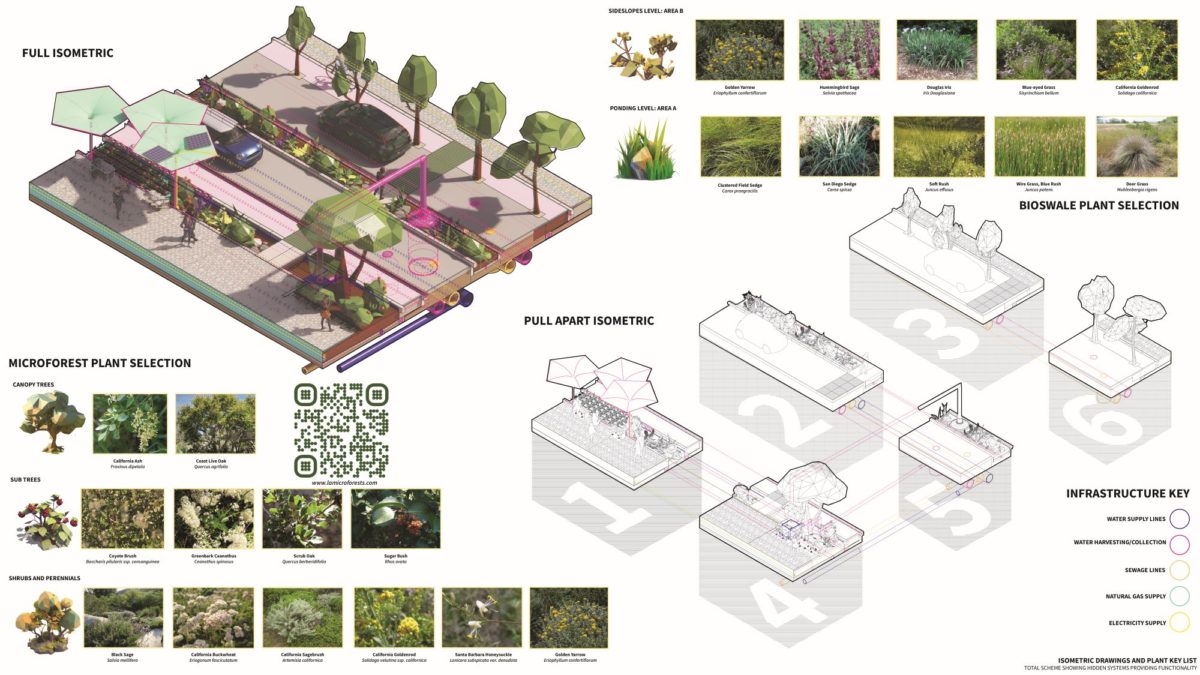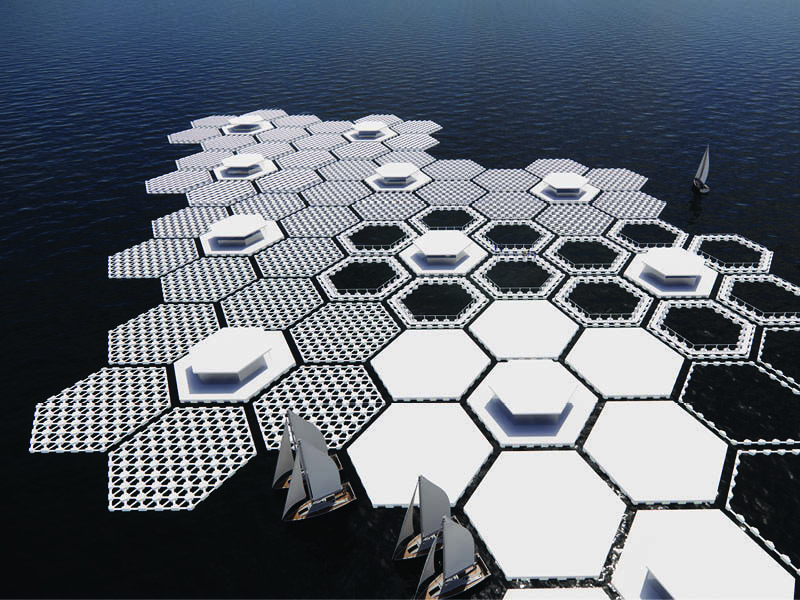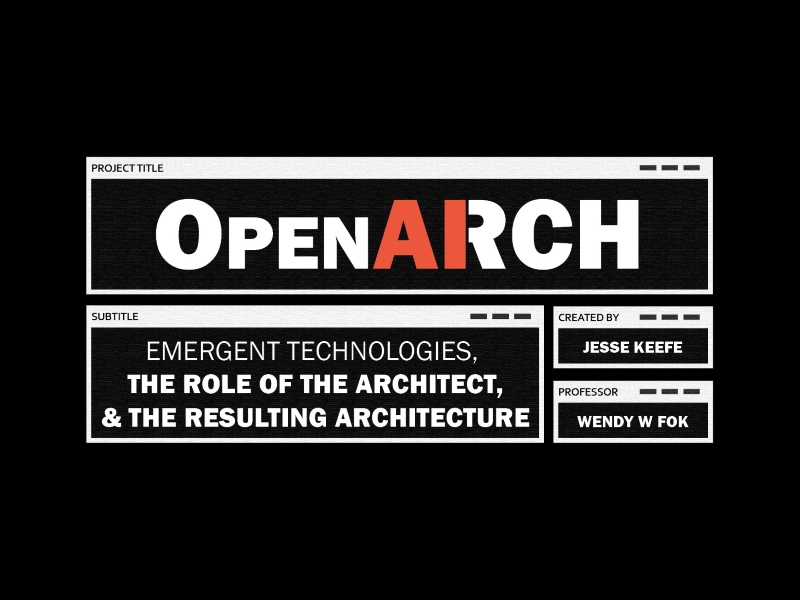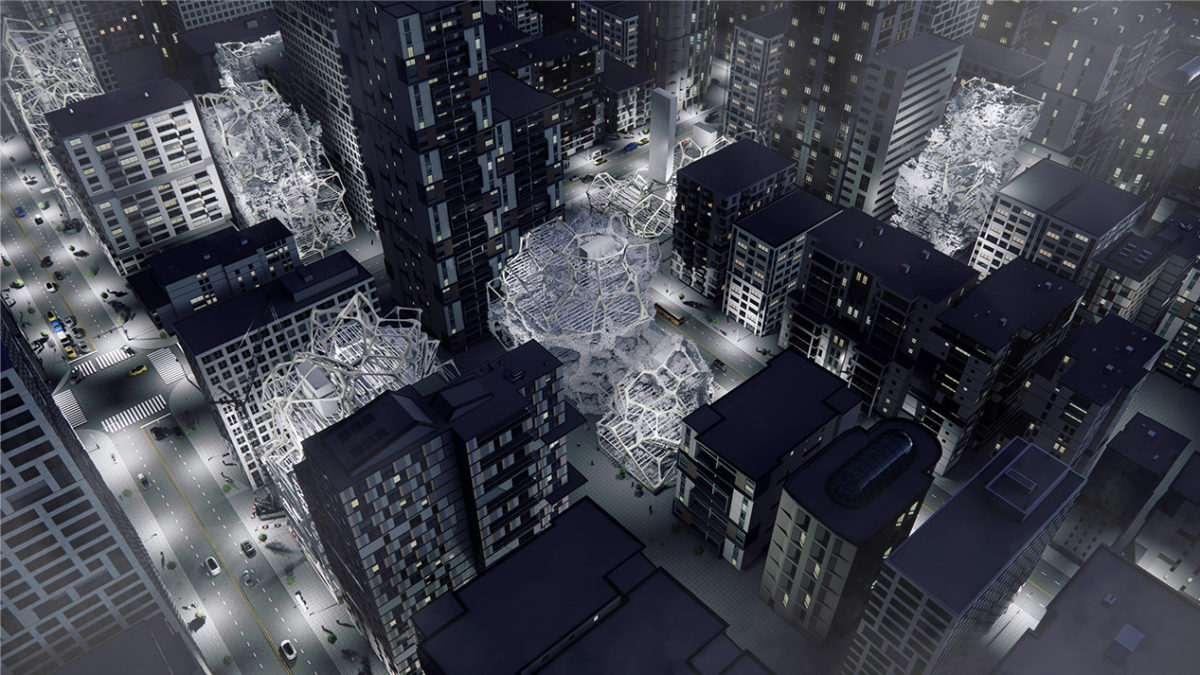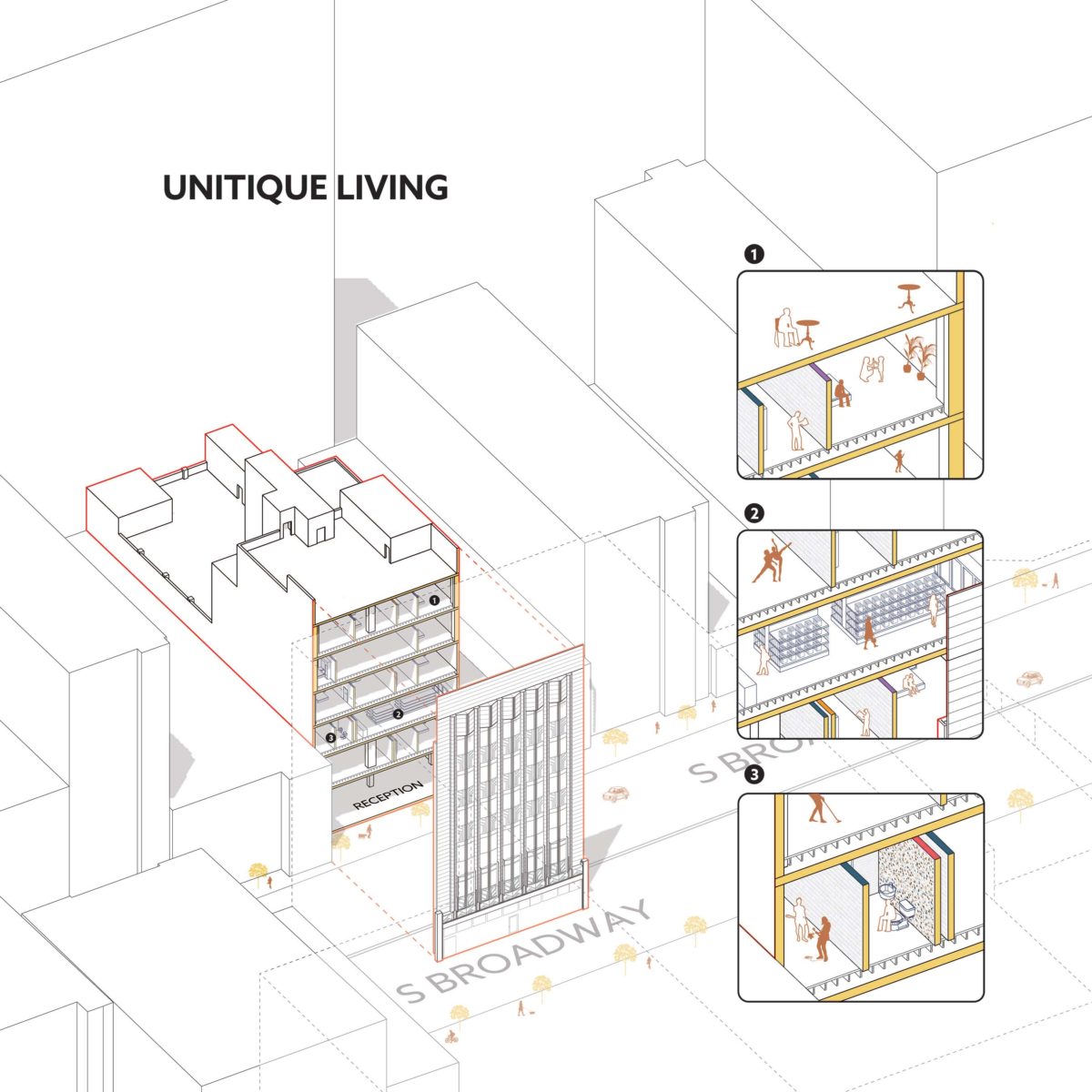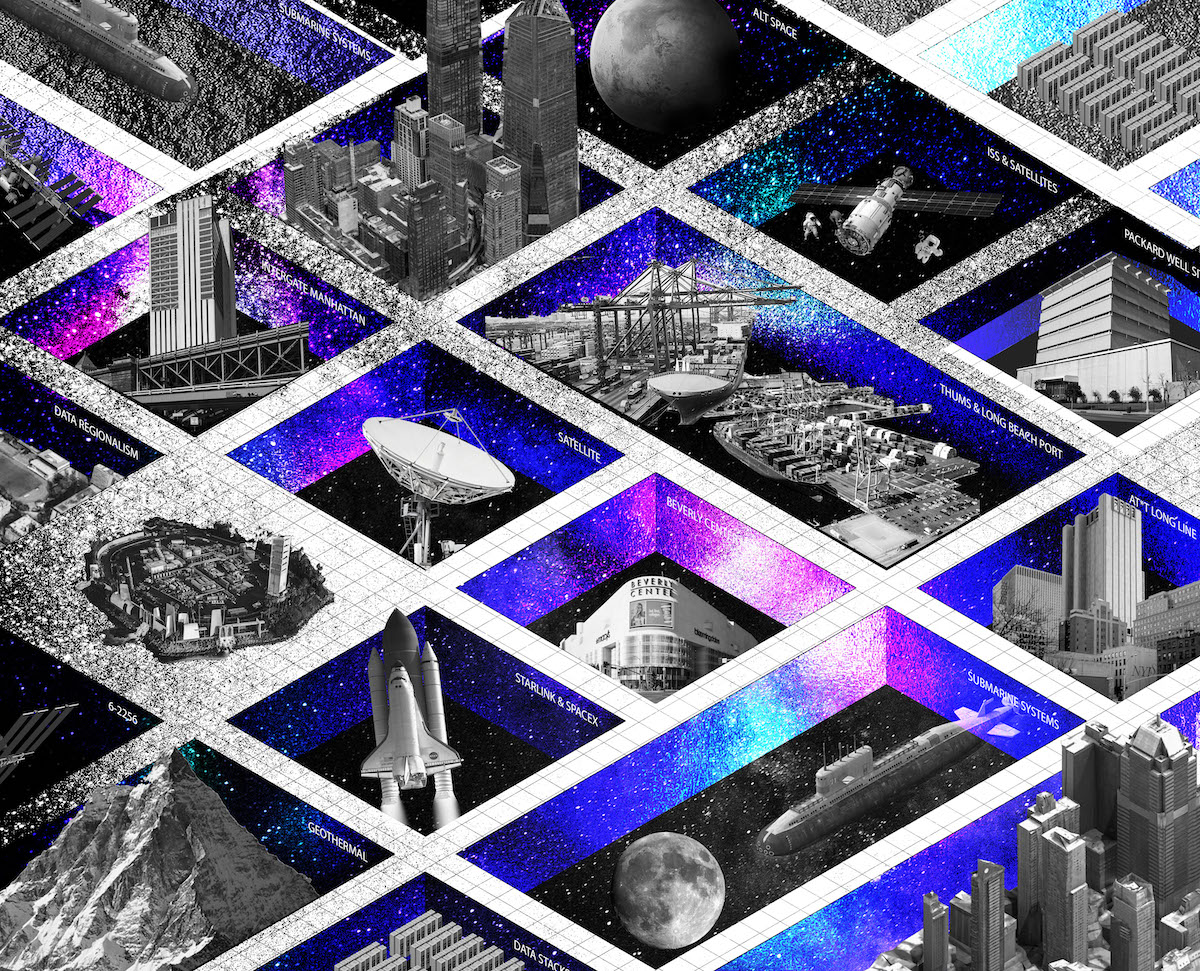This Spring 2023 we will focus on discussing hidden infrastructures within our digital domesticity. Digital currencies (cryptocurrencies) and digital property require large amounts of land, resources, and data centers and infrastructures to store these “supplies”. There is a larger architectural and urban infrastructural challenge and urgency on how these various kinds of digital exchanges are mediated, to limit the detrimental use of our everyday resources. If our everyday objects are digital and no longer physical, how does our future of urban living challenge ecological questions? Image Credit: Wendy W Fok (2021) We will provoke and explore contemporary issues surrounding how Western and Eastern countries define the future of work and urban living. The research provokes interrogations of the post-COVID-19 digital era, pertaining to supply chains, data structures, urban strategies, construction, and civic planning for the cities of our future. An in-depth exploration of graphical mapping and cartography, and how data interacts with various open innovation models in digital property and real property will be key. As the world becomes a more circular economy of information (data), economic, political, and material exchange, this study would promote a larger awareness of the interconnected activities that impact the material (hard goods and soft goods) and technical exchange of trade for our built environment. Building materials in architecture are of significant impact to our world of construction. Trade and material exchange are key to understanding the impact that works in line with climate changes, and economic growth. This ongoing research is part of a larger investigation in how the contemporary and historic Silk Road structure was designed as a systemic network of power — one that proliferates the modern economies of trade and urban political dispersion of architectural exchanges, in hopes that the takeaways will inform larger discussions for our future generations.
